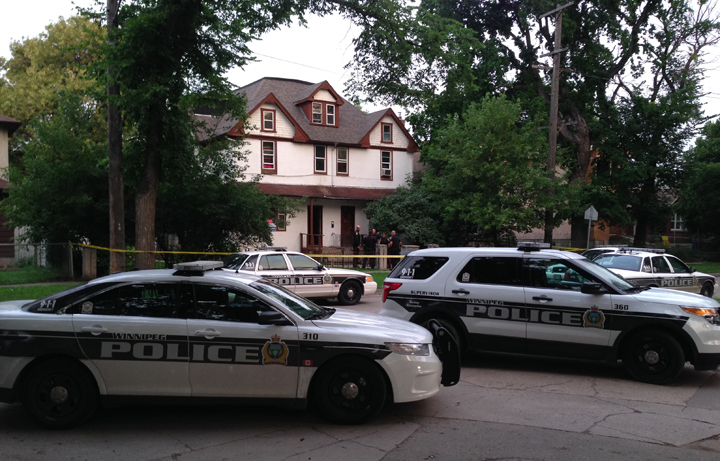WINNIPEG – Winnipeg has the second-most overstaffed police force in the country, even after controlling for crime rate and other socio-economic factors, according to the Fraser Institute.

The study Police and Crime Rates in Canada says Winnipeg is only behind Saint John, N.B., in overstaffing its police force.
Staff numbers at police forces, on average, increased from 2001 to 2011, while crime rates dropped, the study by the right-leaning think-tank points out.
“While more police can lead to lower crime rates, at some point, increased spending on additional police officers has little impact on crime reduction,” said study author Livio Di Matteo, an economics professor at Lakehead University in Thunder Bay, Ont. “Today, in many cities across Canada, an excess of police officers are dealing with less and less crime.”
Winnipeg and Thunder Bay have the most police per capita in the country, at 189 per 100,000 people, Di Matteo’s study found.
The number of police per capita in Winnipeg increased from 2001 to 2011, while the number of criminal code incidents dropped substantially. The drop in Winnipeg’s crime rate had the second-greatest decline during that time, second only to the decline in Regina.
Even after socioeconomic factors and the high crime rate in Winnipeg are factored into the equation, the Fraser Institute predicted the city should have 145 police per 100,000 people, significantly fewer than the actual number.
Per capita policing costs in Canada from 1986 to 2012 have risen by 45.5 per cent, while the number of criminal code incidents per police officer have dropped 36.8 per cent, the study notes.
“Of course, declining crime rates are a good thing, and some may attribute those declining rates to an increase in police spending. But in reality, some Canadian districts maintain substantially larger police forces than their crime rates warrant while other districts maintain smaller forces despite relatively high rates of crime,” Di Matteo said in a news release.
The types and volume of calls and crimes and geographic issues may play a factor in the staffing differences, Di Matteo said in his conclusions, as could local collective bargaining requirements, negotiated workloads, technology, organizational capability, public pressure and policing styles.
“As municipalities across the country struggle with limited resources, more analysis should focus on the nature and volume of police calls, the arbitration process involving police unions, policing technology and styles, and other factors that determine police staffing levels.”




Comments